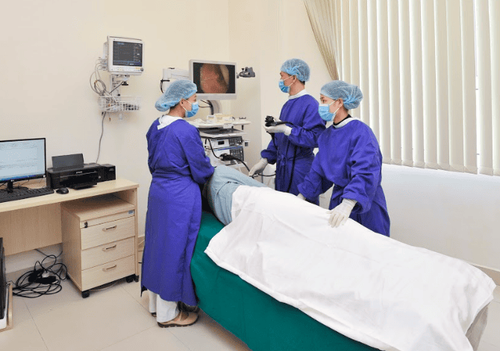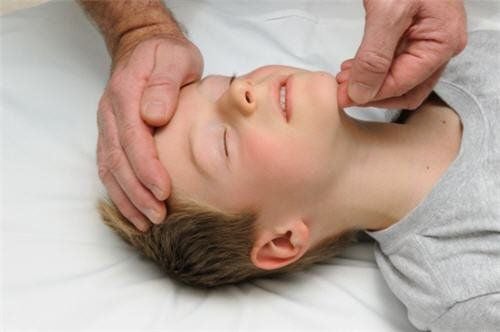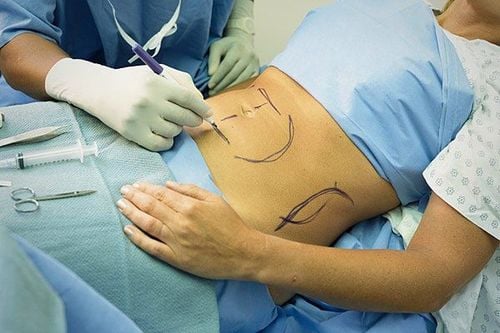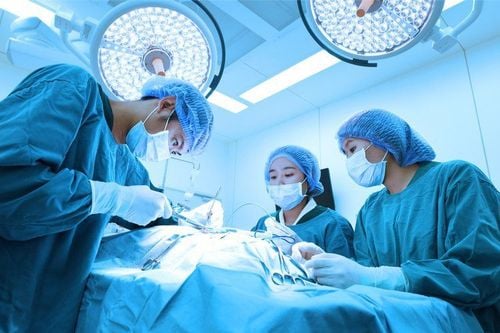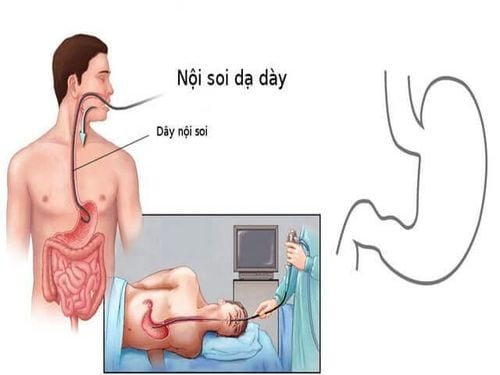This is an automatically translated article.
Posted by Doctor Medical Examination & Internal Medicine - Vinmec Hai Phong International General Hospital
Flexible esophagogastroduodenoscopy is a procedure that uses a flexible endoscope with a camera and light at the tip, which passes through the throat and along the length of the esophagus. This endoscopic instrument has a small diameter, can control the direction, viewing angle, so it can observe, detect very small lesions of the esophagus and be able to intervene immediately when needed.
1. When is esophagoscopy needed?
The esophagus is the organ that carries food from the throat to the stomach. Currently, flexible esophagoscopes have been equipped in most medical facilities in our country. When using a flexible esophagoscope can help patients reduce discomfort during intervention.
Cases requiring esophagogastroduodenoscopy are those who have signs related to gastrointestinal diseases such as frequent epigastric pain, decreased appetite, nausea, belching or belching. sour.
In addition, you should also perform endoscopy when there are uncomfortable feelings such as swallowing, choking, difficulty breathing, burning sensation in the esophagus, feeling of foreign body in the esophagus,...
When detecting the above signs, go to the endoscopy immediately to detect and treat the disease as soon as possible.
2. Is esophagoscopy painful?
In the past, when it came to endoscopy, patients were often afraid to think about the pain and discomfort during the endoscopy, leaving many obsessions for the patient. But now with the development of modern science, endoscopy now no longer makes patients afraid when there are more methods of esophagogastroduodenoscopy and endoscopic anesthesia. With this method, the patient will be minimized the discomfort that may occur during the endoscopy.
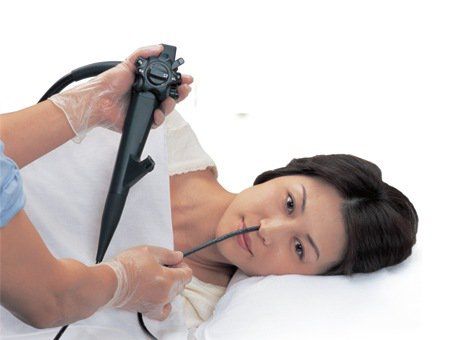
Each general anesthetic endoscopy will last about 15-20 minutes. The patient will be injected with just enough anesthetic to fall asleep during the procedure, so there will be no discomfort like the endoscopy without anesthesia. Because of that, doctors can detect, check and treat lesions in the esophagus faster, safer and more convenient.
3. Notes when esophagoscopy to check for foreign bodies
Flexible esophagoscope is a useful and less uncomfortable means for patients in endoscopic diagnosis and removal of esophageal foreign bodies. However, the physician should pay attention to the position and size of the foreign body to select the instrument when intervening to pick up the foreign body and especially should not put the bronchoscope through the foreign body to probe downwards to avoid complications. Unfortunately (push foreign body deeper, esophageal perforation, vascular tear...) can occur.
Note:
When taking a high-risk foreign body, it is necessary to invite a foreign doctor to also be present for evaluation. The foreign body must be carefully analyzed before intervention. Always keep a close eye on the object when moving.
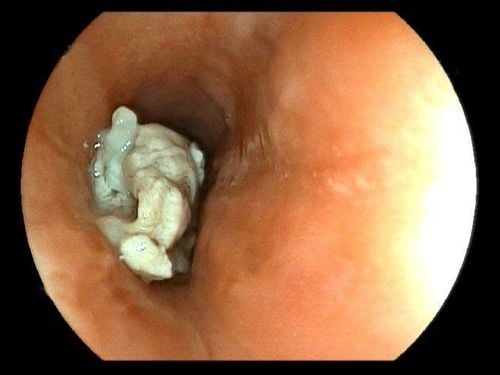
4. Possible risks during esophagogastroduodenoscopy
Esophageal endoscopy is a modern and safe technique. Although it still poses some risk to the patient sometimes, the chances of it happening are very low.
Some patients still feel bloated, gassy or sore throat after endoscopy. These are common reactions and should resolve on their own within 24 hours. Therefore, after the endoscopy, the patient should eat light, dilute, easy to swallow foods to reduce discomfort.
To register for examination and treatment at Vinmec International General Hospital, you can contact the nationwide Vinmec Health System Hotline, or register online HERE.




